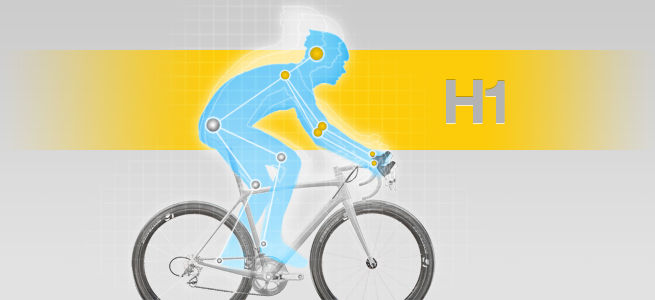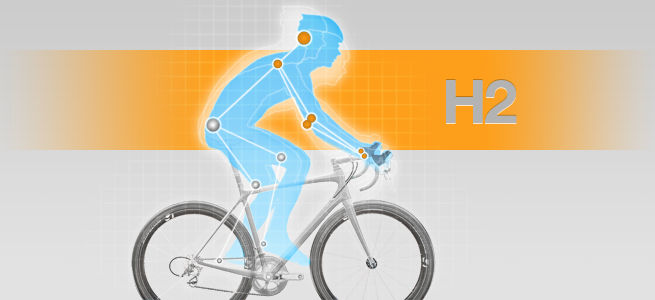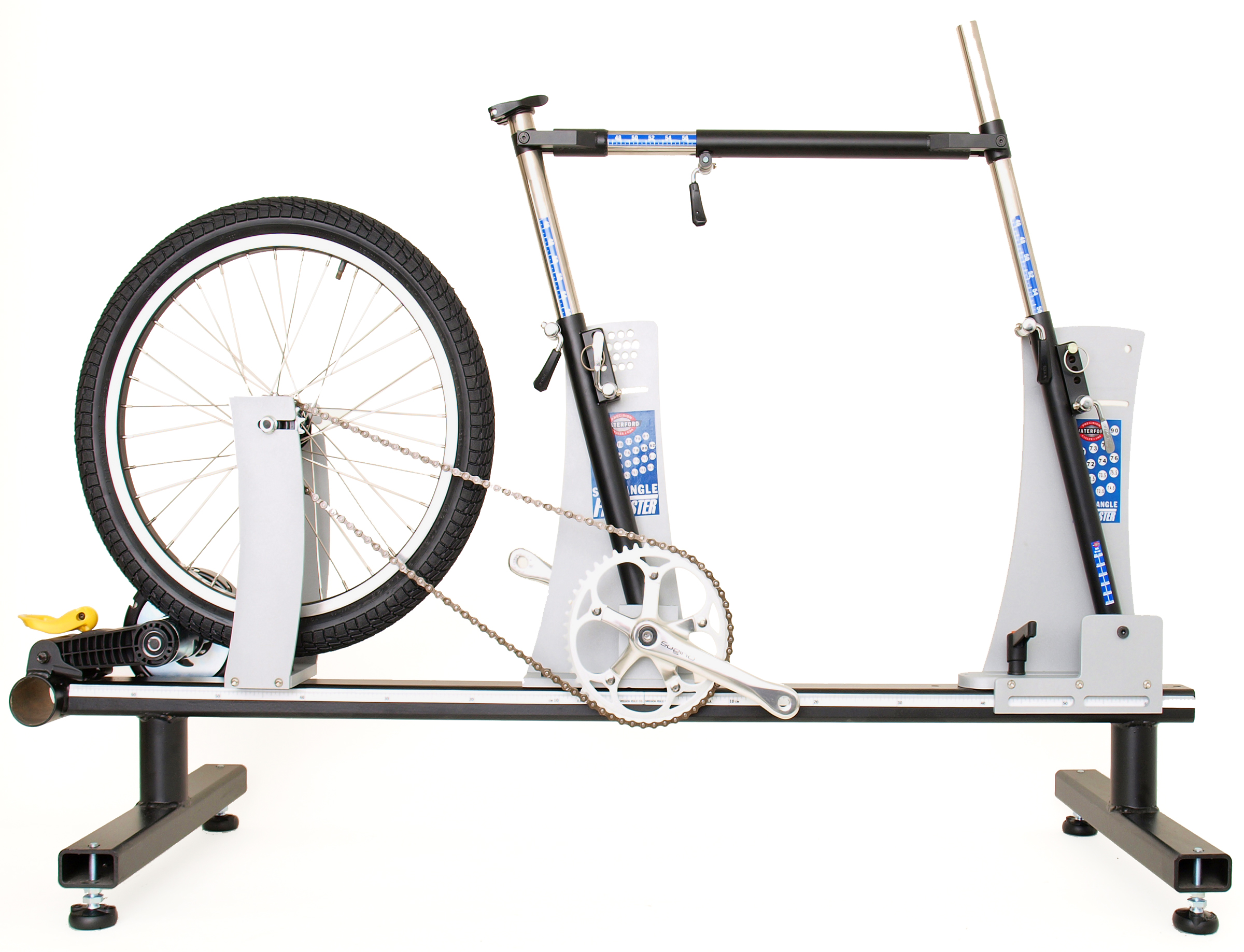Over the course of carrying out hundreds of 'Bike Fits' patterns emerge and it is the responsibility of the 'Fitter' to test these and make sure that he or she is not just seeing what he or she expects to see...
With that in mind, the Cyclist's 'history' and 'physical examination' are key to the fitting process, but so is an open mind!
This thought leads me to a different starting point that the norm of the feet or the global position on the bike. Whilst the feet certainly push the pedals and the hands hold the bars steady, the pelvis offers the key to the overall fit in most cases.
A lack of Rider symmetry is often the undoing of comfort.
The reason for this?
Preferred side dominance.
We all favour one side over the other when clipping in to the pedals on a hill or starting to push the pedals from a stationary start, this is normal and just part of what we do.
However, this creates movement patterns and more importantly for the Cyclist tension patterns in the body and the pelvis.
Ignoring all the intricate and important connective tissues in the body and focussing on the muscles, which can only pull.
(That is a muscle can only create tension within it's length exerting force upon the points which it attaches to.)
Any residual shortening or tension will have an effect on the posture of the body and the muscles that oppose the movement. This effect will be felt both at rest and during movement.
Put simply a tight muscle on one side of a simple 'hinge type joint' like the elbow will lead to a lengthened (and often weakened) muscle on the other side of that joint. Think the Bicep and Triceps muscles around the Elbow joint in the Arm.
But what if the joint in question is much more complex than that, in this case the Hip joint and add in some 'preferred side dominance'...
The image below shows the primary flexors of the Hip joint, this is considering the Trunk to be relatively fixed and the Leg (Femur) being able to move.
From the above observations a muscle can only pull. The proximal end of the muscle attaches to the front of the Lumbar Spine and the distal end attaches to the Lesser Trochanter on the Femur.
So?
Well if the upper body is fixed then the action of the muscle is to pull the Femur upward towards the torso and cause it to rotate laterally (Knee out) at the same time.
If this 'group' of muscles is then tight, the Femur will favour being drawn up and rotated, just like sitting on a chair with one foot on the knee of the other leg (legs crossed).
A consequence of this is that the muscles that are primarily involved in Lateral Rotation of the Hip joint become tight too.
And finally, this leads to the knee moving up and out on the 'recovery phase' of the pedal stroke. Not unlike the left knee of the Cyclist in the image below.
The consequence of this?
Potentially, as the foot is attached to the flat platform of the pedal, the knee is forced to endure a rotation force as the Cyclist pushes down through the pedal to propel the bike forward.
How do we fix this?
Well... There are commonly two schools of thought on this we can either work to alleviate any symptoms or perform a bike bit and provide exercises. At fit-me-up a mix of the two is preferred depending on the needs and aspirations of the Cyclist, these are set by the Cyclist not the Fitter.
A typical approach would be;
- Verbal and written history to establish a starting point and aim for the Cyclist.
- An off-bike physical assessment
- with feedback as to how movement patterns may influence the on-bike position
- An on-bike warm up
- An on-bike video session
- with simultaneous front and side views taken
- this is then assessed to get a base line for the Cyclist's position
- The use of Retul measurements
- these are taken from both sides of the Cyclist
- together with all the information already learned this data is used to establish a starting point for any bike adjustments
- After each adjustment the comfort of the Cyclist is checked and the Retul data is obtained for both sides of the Cyclist.
- This process continues for the duration of the fitting, with a check being taken after each adjustment.
- Finally, a further video is taken to assess the changes visually
- this may also be done part way through the procedure to check on progress as required
- At this point, when the aim has been to arrive at a more desirable fit a full review is carried out.
For some Cyclists this can be a relatively rapid process only taking a couple of hours, though for some with more involved instabilities or injuries, the 'Fit' can be the start with ongoing guidance to perform exercises or to make continued adjustments to the bike or both.
Each Cyclist is individual and so are their issues and it follows that then so are the solutions to those needs.
Happy Miles
Dean
















